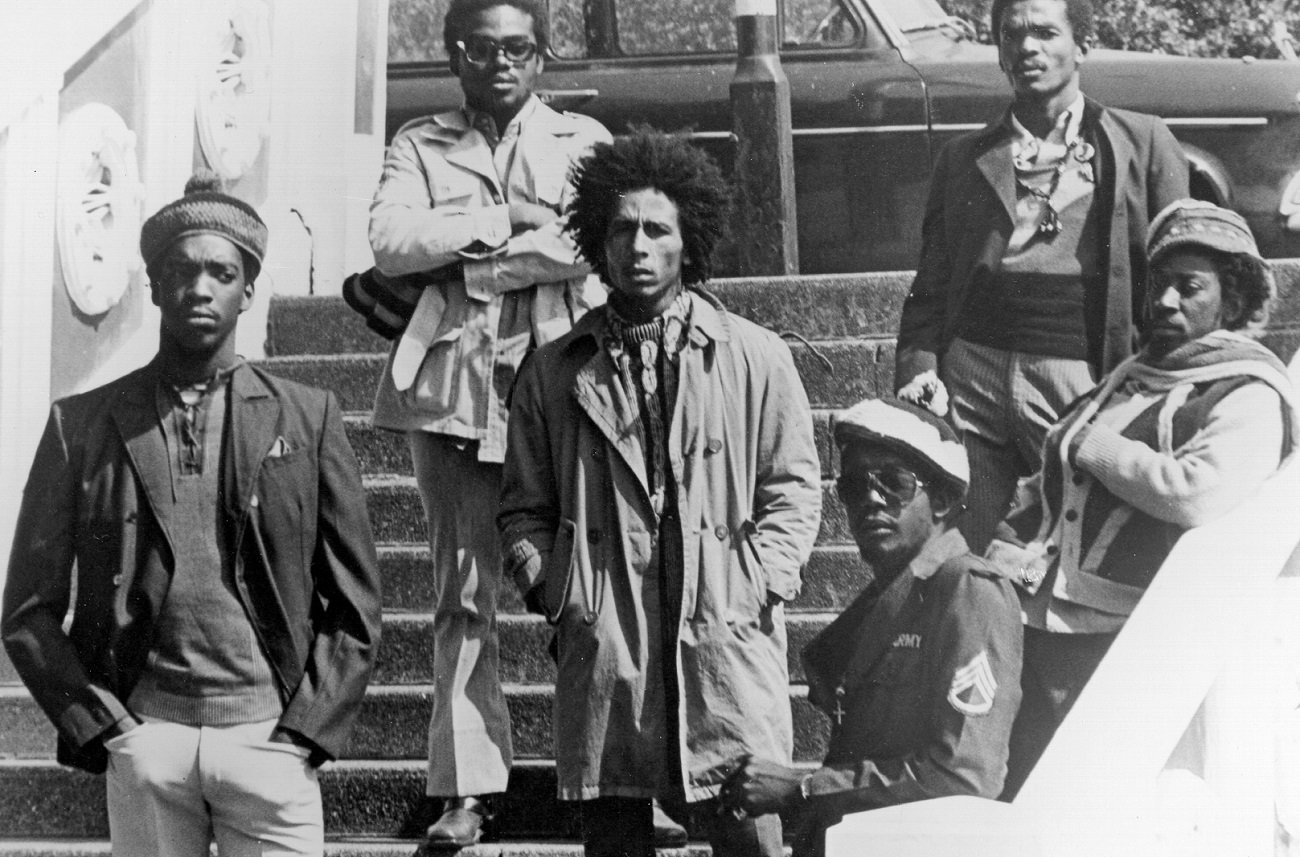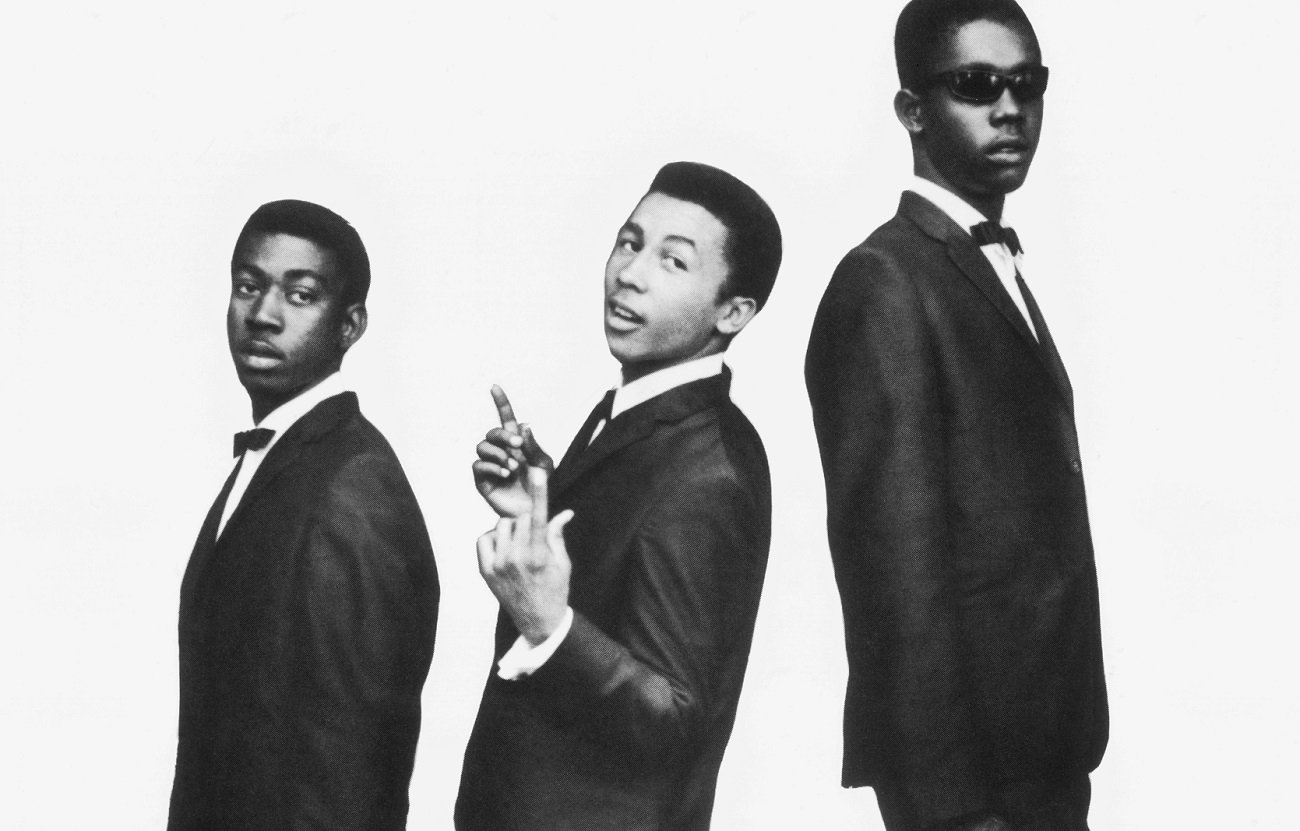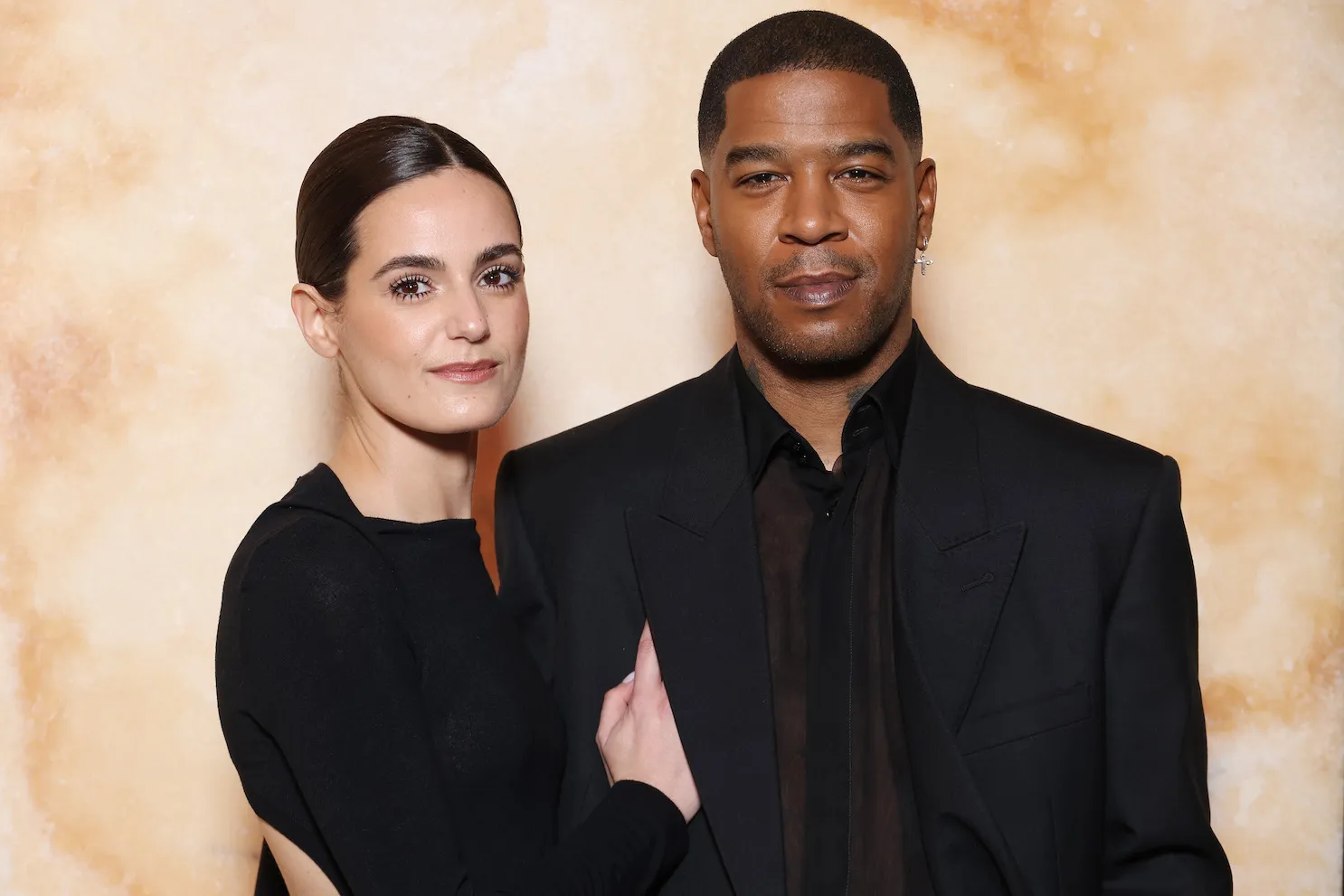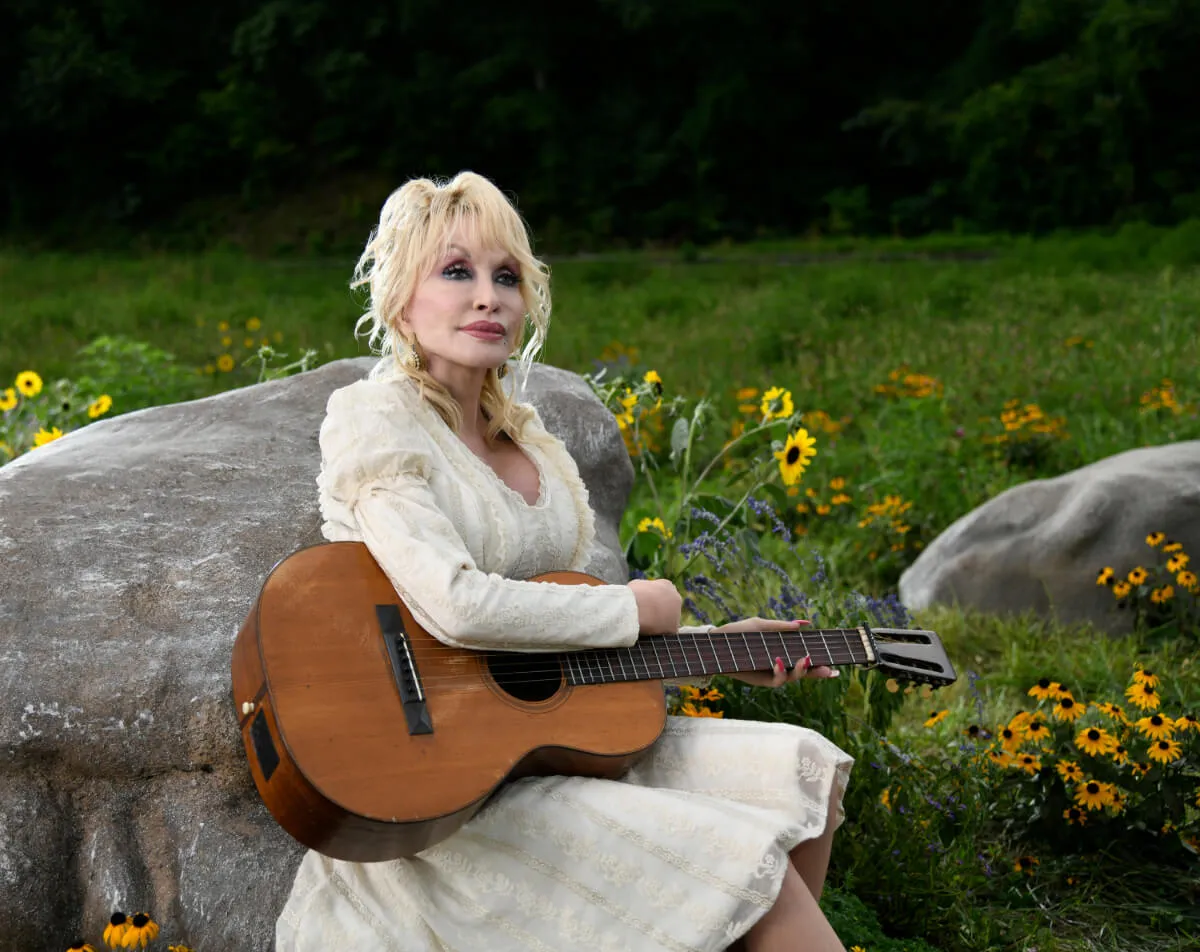Why Bob Marley and Peter Tosh Parted Ways After the Wailers’ 2nd Island LP
There comes a time in the existence of many musical acts when the fame of one member eclipses that of the others. Before reggae broke internationally, that happened when Toots Hibbert got billing over The Maytals (becoming Toots and The Maytals). And it happened soon after with Bob Marley and The Wailers.
In Marley’s case, it represented a bigger change within the band. Fans who became acquainted with the band from its Island albums saw it staring them in the face. On Catch a Fire (1972), the group’s first Island LP, the act was “The Wailers,” which included Peter Tosh, composer and singer of two tracks.
That continued with Burnin’ (1973), the band’s exquisite follow-up. Once again, Tosh had songwriting credits and lead vocals on two songs (including “Get Up, Stand Up”). But Tosh took his leave after Burnin‘ (as did original Wailer Bunny Livingston). From that point on, the band was Bob Marley and The Wailers.
Peter Tosh left before Bob Marley and The Wailers’ ‘Natty Dread’ LP

When The Wailers signed with Chris Blackwell at Island Records in ’71, the band was going through a very rough patch. In brief, they were in London and out of money. Island was almost a last resort, and the signing changed the fortunes of Blackwell and the band members for good.
Almost immediately, Blackwell began highlighting the status of Marley as the band leader. That exacerbated tensions that had been brewing within the group. Since Tosh and Marley got together with Livingston in the early ’60s, the three had mostly operated as equals.
That began to change in the Island era. For starters, Livingston refused to go on tour after the release of Catch a Fire. As for Tosh, he began to resent the spotlight going on Marley, whom he had taught to play guitar a decade earlier.
During a late ’73 tour of England to promote Burnin’, Marley and Tosh acted as co-leaders with Livingston staying back in Jamaica. And by the end the two longtime bandmates and friends had parted ways for good.
Tosh could not stomach getting lesser billing than Marley

With three powerful songwriters and vocalists in a band, it’s only a matter of time until someone becomes disgruntled. (See: George Harrison and The Beatles.) Livingston, who passed away in March ’21, was the first to go.
Tosh didn’t stick around much longer. During the ’73 tour of England that got cut short, the simmering resentment between the pair turned physical. In Bob Marley (1985), Stephen Davis wrote that the two actually “came to blows.”
That final straw marked the end of an 12-year run for Marley, Tosh, and Livingston. The three had landed hits in the ska, rocksteady, and reggae eras. But they grew to be very different men. In a 1983 interview with Eric Olsen, Tosh explained his departure from the group.
“It was belittling my integrity,” he said. “I taught Bob Marley. How can you compare the teacher with the taught?” In another interview cited by Roots Reggae Library, Tosh described how a lesser status in the Wailers “underestimates my ability. Me could not stomach that for another 12 years.” That marked the beginning of Tosh’s solo career.


